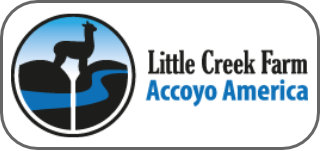The alpacas as other livestock are exposed to and affected by a range of ectoparasites (see Table 1). Of particular importance are the mange mites, the burrowing Sarcoptes scabiei and the non-burrowing Chorioptes sp and Psoroptes sp and lice, both biting and sucking Phthiraptera. The mange mites have been reported to be common infestations on alpacas also in countries outside of South America. Problems with mange are reported frequently from several countries in Europe [5, 6, 7, 8, 9, 10]. In the UK e.g. 23 % of alpaca owners were concerned [8] and in Switzerland alpaca owners regarded mange as one of the four most frequent health problems [11]. Sarcoptes scabiei var aucheniae is very prevalent in alpacas as well as in other SACs [3]. It is said to be responsible for 95 % of all losses due to ectoparasites in alpacas [12, 13]. Infestations with Chorioptes sp are also very common. Some regard Chorioptes mites as the most common ectoparasite infesting SACs [14]. The mite is assumed to be C bovis [15, 16]. Psoroptes (aucheniae) ovis may also be found to infest particularly the earlaps (pinna) and the outer ear canals, but can also be found elsewhere on the body of alpacas. Mixed infections occur with two and even three of the mite species [9, 17, 16].
more »